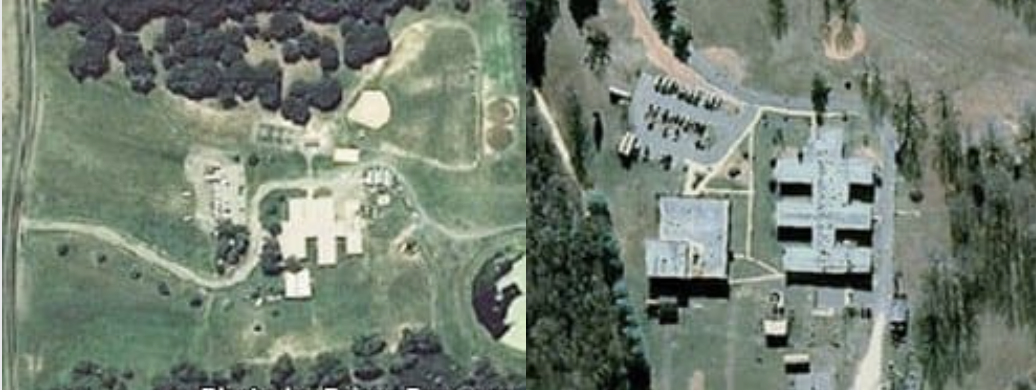Why EPRU and SMPRU Should Remain Open
Eastern Pre-Release Unit – Church Hill, Queen Anne’s County
Southern Maryland Pre-Release Unit – Charlotte Hall, St. Mary’s County
AFSCME Council 3 members are moving quickly on our campaign to keep prerelease facilities open. January 22, with no warning, Governor Hogan decided to close the Southern Maryland Pre-release Unit in Charles Co. and the Eastern Prerelease unit in Queen Anne’s County. He thinks that it would be better for prerelease inmates to find a work-release program in Jessup or Baltimore City instead of a work-release program in the area of the state where the inmate will be released.
Prerelease units allow the inmates to rehabilitate themselves by giving back to the communities and becoming productive, taxpaying citizens. These work release programs help foster future employment for ex-offenders if they’re participating in programs close to where they will return home.
Closing these facilities is a cut not worth making, so our members did what they always do –organize! With help from their other union brothers and sisters, our members have been able to get the House of Delegates to fence off, effectively stopping the money from closing the prereleases. This action means the Governor won’t be able to close the institutions without taking other action.
We lobbied the General Assembly to override the Governor’s veto on the Women’s prerelease last year so that prerelease female inmates can get the services they need. We need to continue to push on the Senate to fence off the money from prerelease, then finish the deal by persuading the Governor to do what is right for our members, what is right for the inmates, and the surrounding communities and keep these Prerelease facilities OPEN! The fight isn’t over, but we cleared a crucial first hurdle by ensuring the money is fenced off in this year’s budget.
Each facility employs approximately between thirty to forty employees at each facility, most of whom would find themselves an hour or more from their new assignment. Employees and inmates end up in Jessup: A facility with a more dangerous population and a much longer commute for both employees and inmates.
Closing these facilities creates a hardship for employees, inmates, and third-party stakeholders that benefit from prerelease population work. The Governor’s decision to close these facilities is a minimal savings of $2.8M. With greater emphasis on downsizing prison populations, shouldn’t there be a greater need for prerelease facilities?
- Work done while in prerelease:
- Five road crews under the direction of the SHA;
- Charles County Public Works;
- DNR Fisheries Service Hatcheries Division at Piney Point;
- Working with Farming4Hunger: a pilot program where inmates plant and harvest various vegetables, conduct grounds maintenance, feed animals as required, gather eggs, and help run a large greenhouse with a hydroponic planting system, as well as make crafts for various holidays;
- Work at Cheltenham Veterans Cemetery digging graves, assisting with internment, stone placement, groundskeeping, sanitation, etc.;
- Grounds clean up at the Charles County fair; and
- Numerous work release opportunities at regular jobs at area establishments.
- Opportunity to participate in various classes that include skills development and workforce development: anger management, reading, writing, math, computer etiquette, CDL license, carpentry, equipment operation, cooking, etc.

